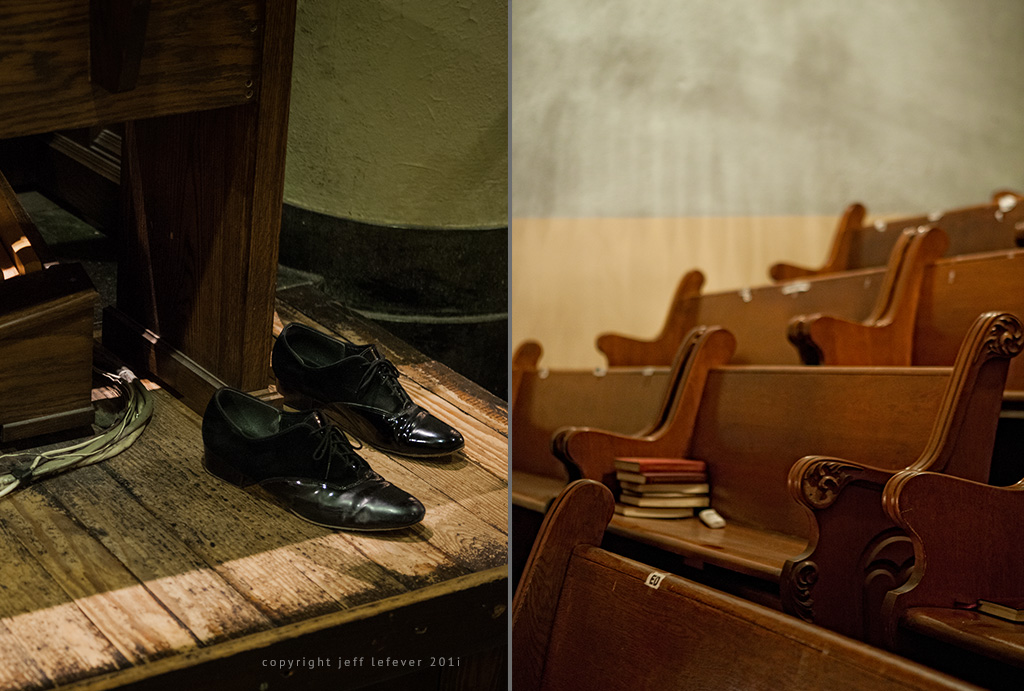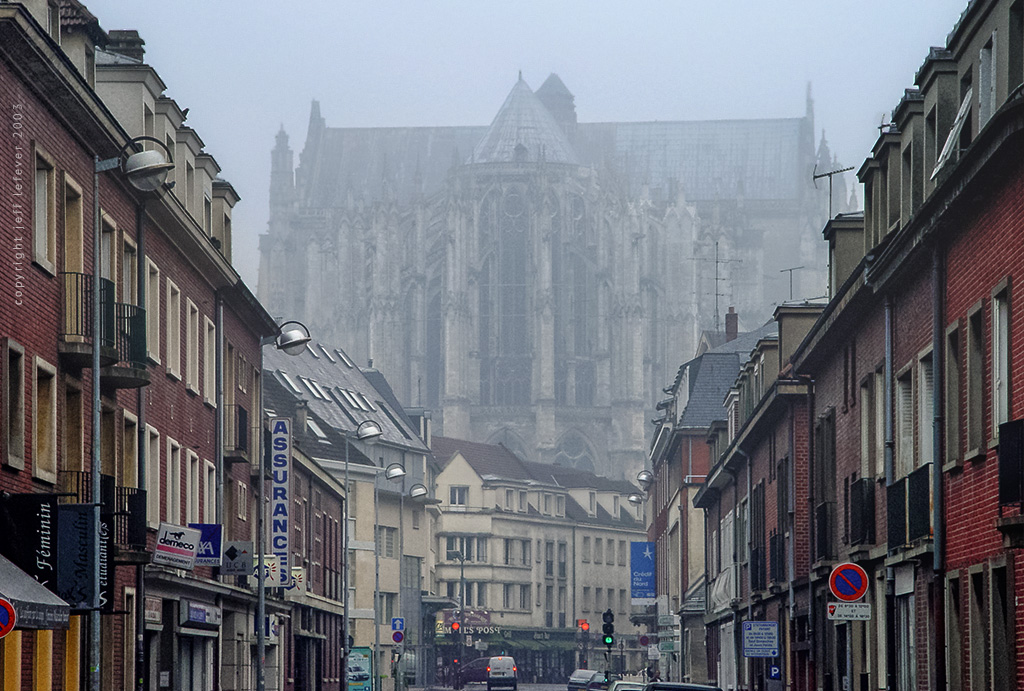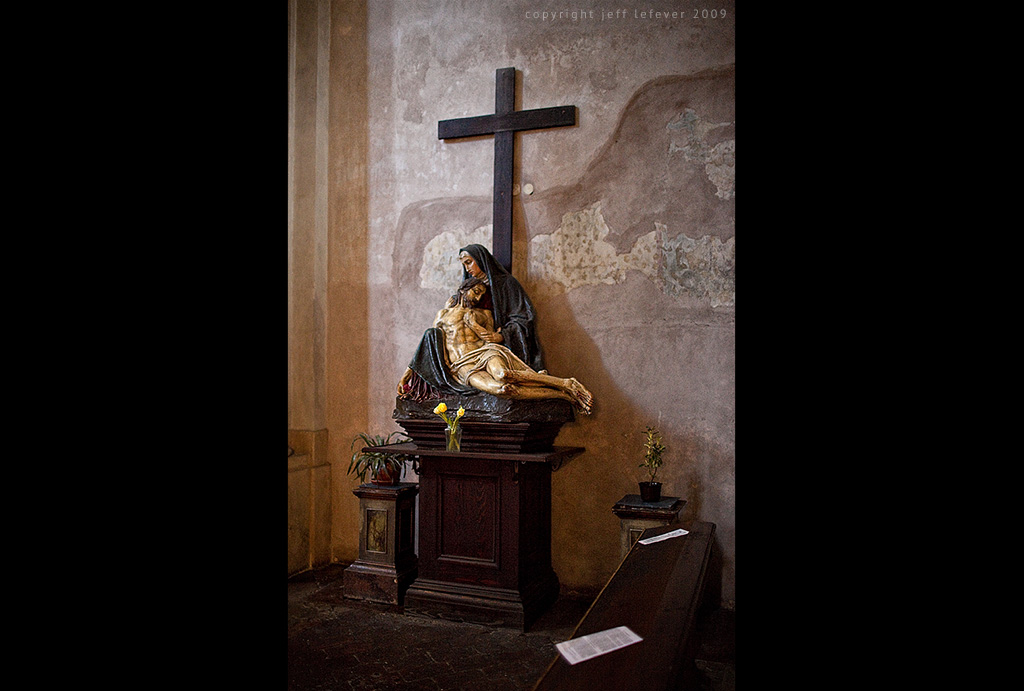Walking down Via Dolorosa at dusk on my first full day in Jerusalem, I noticed several stores selling icons. The tourism of it seemed cheesy, especially being on Via Dolorosa.
Yet I stopped to talk with a shop owner, a merchant of icons, and he gave me a wonderful gift. “The old people,” he said, “when they get a new icon, say, ‘another icon, another window to heaven.’”
This is true of everything if we think of God first and see Him in everything, everyone. Another window to heaven, window to the meta-reality, window to revelation. Windows through which even our best efforts are, as Paul says, “seeing through a glass darkly.” To see these ideas expressed in art aids us toward this delight.
I recall a tour at the National Gallery in London, in a room full of altarpieces where the Wilton Diptych can be found. The docent described the reconstructed altars and their meanings, how to identify the saints and the apostles of Messiah, what symbols and what colors represented whom…yet all I could think about was how different their meanings had become in that special museum room than in the churches where they originally brought healing and offered sanctuary, where they congealed an expression of living identity.
Here they are objects on exhibition, collected like butterflies in a collector’s box.
Beautiful.
Historic.
Informational.
Dead.
But it is not the objects themselves that changed – what changed is their environment and the intention with which they serve. The caged animal in a zoo is no longer in the wildness of its natural habitat and does not present danger to the viewer. Life and death are no longer present.
The object itself has been made precious and is now kept as an example. This artwork is safely caged.
Lela Gilbert gave me a book which she coauthored titled Windows to Heaven. In the book her coauthor, E. Zelensky writes:
• An icon is an instrument through which the knowledge of God, in His mysterious human incarnation, becomes accessible to humankind.
• An icon is the physical witness to the sanctification of matter.
• An icon is a means by which both iconographer and worshiper can participate in the realm of eternity.
In Jerusalem, I watched people stream into the Orthodox churches and cathedrals and touch the icons, praying as if they were closer to Him through the image. Perhaps they were closer by their very belief that these icons are windows through this dimension and into heaven, where God is good and the saints are home.
In the Russian Orthodox Cathedral of the Holy Trinity, the Greek Orthodox, the Russian Magdalene, the Armenian Cathedral of Saint James…in every one I stood to testify of the faithful’s prayers as they placed their hands, their heads, their lips upon the icons and the crucifixes, reverently believing they were in direct line to heaven.
In some places they came for mass and stayed for private prayer, making the rounds from one icon to the next like the prayers of a rosary, or like considerations at the Stations of the Cross.
At other times I would watch as one by one, like a slow drip through the day, individuals made their way to these churches for private devotion, praising or appealing to the heart of the Almighty, icon by icon.
In observing these things I did not think on the actual material image itself, but the action of faith expressed through the icon to God. It is not “works”, but like 1 Corinthians 13 describes when these actions are made not from rote routine, or in boasting, but through devotion, it ceases to be a clanging noise, becoming more an act of earnest love.
A relational aspect occurs here between the art and the expression – the symbol and the act – to the identity of the space and the heart of the believer. There is a reverence.
~JWL



